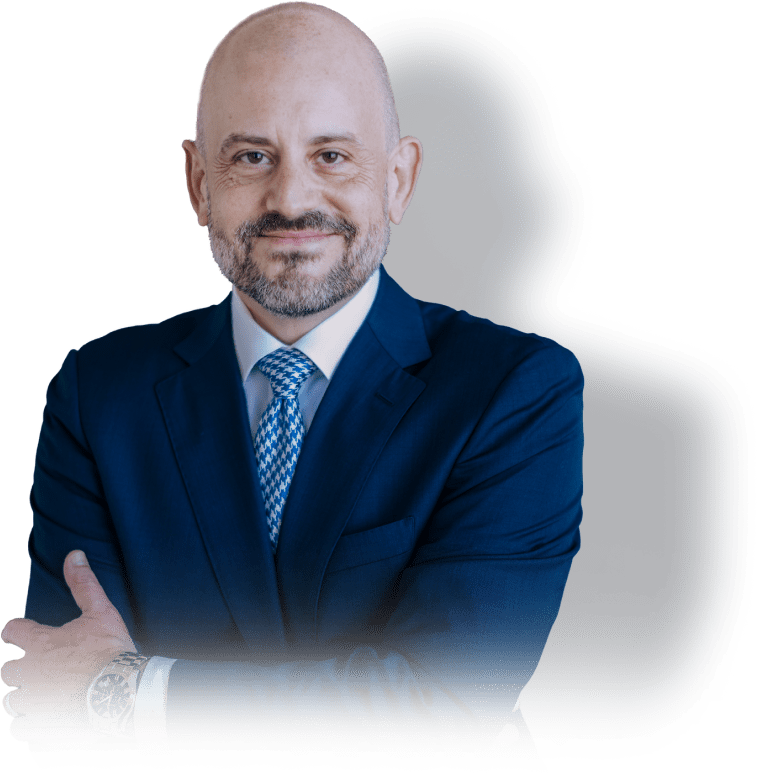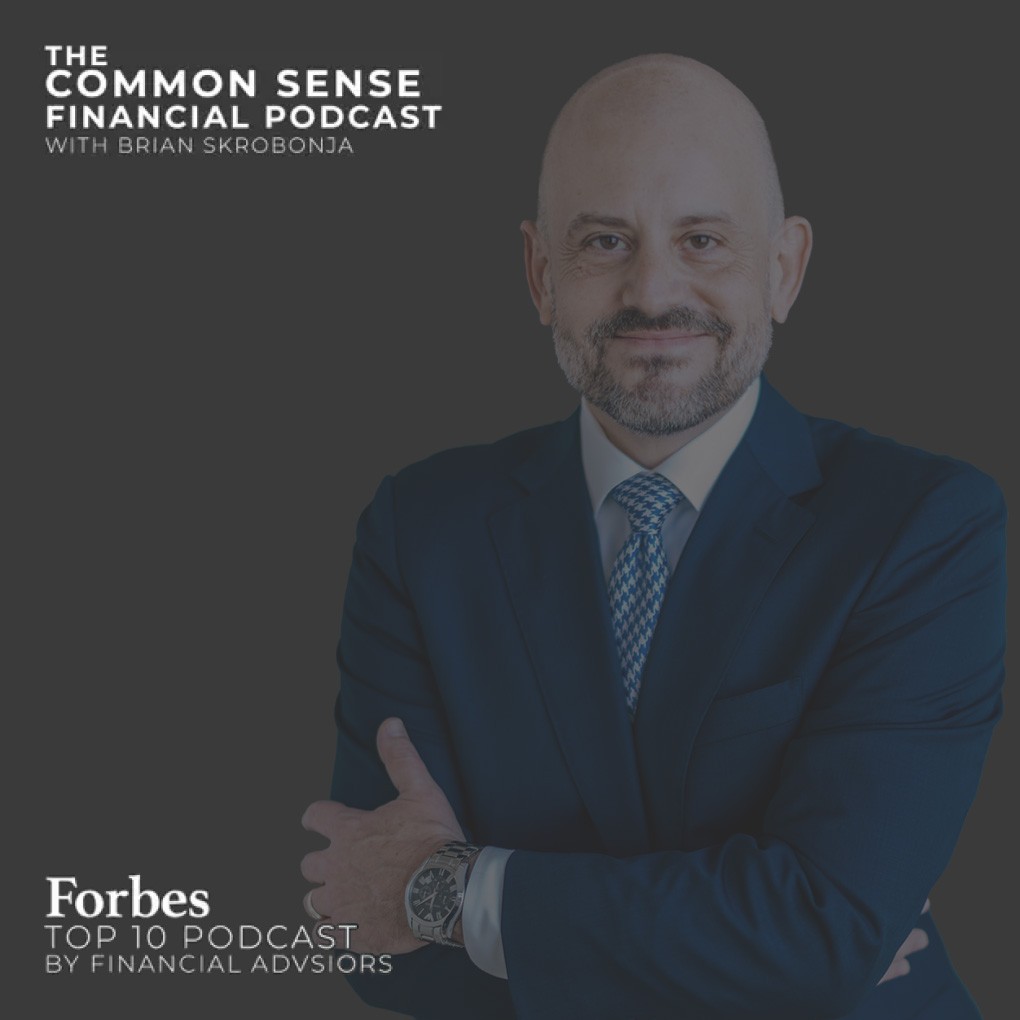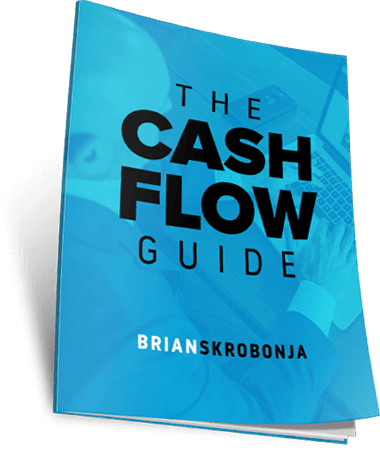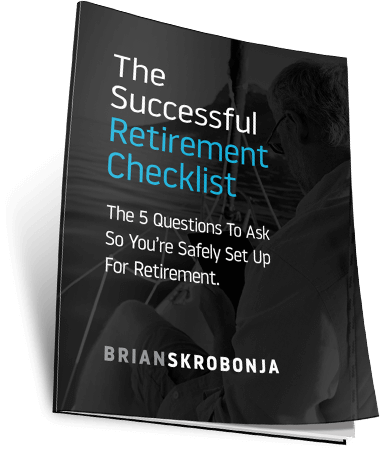There is a key mindset shift that many people fail to make when they retire and it can cost them thousands of dollars from their investment portfolio. Hear about Hypothetical Helen and how her plan to pay off her mortgage with money from her 401k once she retires actually puts her further away from her goals, and what the most optimal solution for cash flow in retirement is.
- Retirement in its purest form is simply the creation of passive income sources used to support your cash flow requirements.
- Everything revolves around your cash flow in retirement, yet many people lose sight of this fact and overcomplicate their investment strategy.
- Take the example of Helen. Helen was to have $40,000 per year to supplement her Social Security income. She has a million dollars in a 401k and has a mortgage of $200,000 with a payment of $14,400 annually, and her home is valued at $500,000.
- Her plan is to eliminate her mortgage with funds from her 401k as well as make some renovation while living off a 4% draw each year from the remainder.
- The 4% Rule is not necessarily the best strategy for income in retirement. The assets to income stacking method often yields better results, and can often create an additional $20,000 a year in cash flow from the same $1 million investment.
- Using the 401k triggers a tax liability on the full $200,000. Using an estimated 25% tax rate, Helen would end up with a distribution of $262,500, leaving just $737,500 to draw from at 4%.
- Factoring in the home renovations, Helen would be paying around $75,000 in taxes and reducing her annualized income by $5,100. Every one of those decisions moves her further and further away from her goal.
- Every decision you make flows downstream to your cash flow, which is why everything should be about maximizing that amount.
- Giving up control over your money is usually a bad idea. Whether that’s a bank or the government.
- Many people get hung up on paying a mortgage, but in Helen’s situation maintaining the mortgage would be the best solution to getting the most income from her assets.
- To satisfy Helen’s $40,000 retirement income goal, she could designate about $667,000 at 6%. The remaining $333,000 could be invested long term to help offset inflation or other cash needs along the way.
- She could also refinance her mortgage and pay roughly the same each month, but also get access to $50,000 tax-free with which to make those renovations.
- Instead of using her 401k which will cost her $75,000 in taxes to obtain, while also lowering her income by over $5,000 for the rest of her life, she can just use her home equity to give her the cash she needs while maximizing her income potential.
- A few key takeaways: tax-free money is better than taxable money. Home equity and life insurance values are tax-free sources of money. A home will appreciate whether or not it has a mortgage and has inflation as its tailwind.
- Once money is spent, it’s gone forever and is no longer able to create income, and there’s opportunity cost for every dollar spent.
- The mindset shift from accumulation over to utilization is where most people struggle in retirement.
Mentioned in this episode:
“The podcasts posted here before July 1, 2022 are historical in nature and were previously approved by Kalos Management, LLC. The views and statistics discussed in these shows are relevant to that time period and may not be relevant to current events. This is intended for informational and entertainment purposes only. It is not intended to be used as the sole basis for financial decisions, nor should it be construed as advice designed to meet the particular needs of an individual’s situation. Investing involves risk, including the potential loss of principal. Any references to protection, safety or lifetime income, generally refer to fixed insurance products, never securities or investments. Insurance guarantees are backed by the financial strength and claims paying abilities of the issuing carrier. Our firm is not permitted to offer and no statement made during this show shall constitute tax or legal advice. Our firm is not affiliated with or endorsed by the US Government or any governmental agency. The information and opinions contained herein provided by the third parties have been obtained from sources believed to be reliable, but accuracy and completeness cannot be guaranteed by our firm.”





